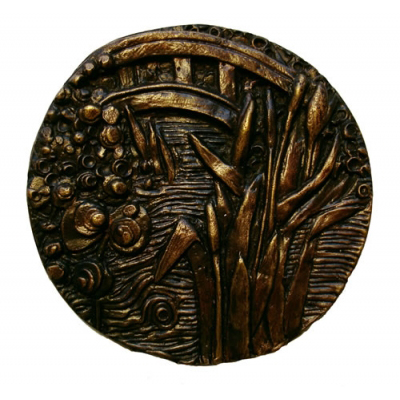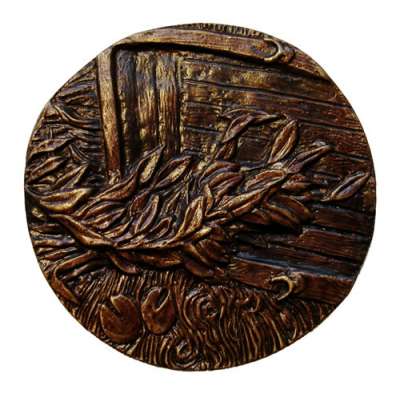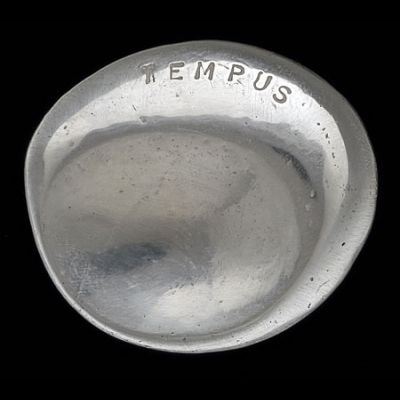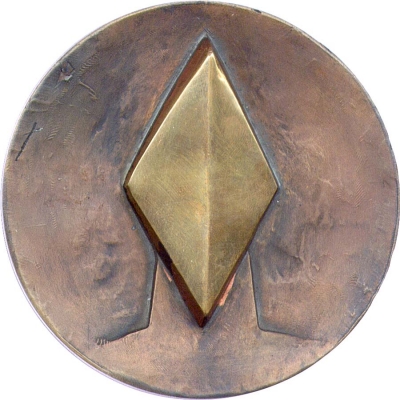Peter Welton read fine art at Durham University, studying under such luminaries as Victor Pasmore, Lawrence Gowing, Richard Hamilton and Quentin Bell. On graduating, he worked for a short time as a designer in repertory theatres, and then went into teaching on a temporary basis – which lasted thirty years – before he was able to become a full-time watercolour painter in 1990. Peter Welton has since received many prestigious commissions, including a watercolour landscape for the Queen in 1992 and a painting of Kimbolton School for the Duke of Gloucester in 1999. In 2001, after visiting India, he completed a commission for the Maharane of Udaipur. Other commissions have come from the All England Lawn Tennis Club, London Transport and P&O, and he has been the Artist on Board several cruise liners. He has produced book covers for New York publishers Houghton Mifflin, and a commission in September 2000 took him to Prague, Paris and North America to draw and paint some of the world’s finest hotels. He is the author of many articles and three books: See what I mean? (1986), an introduction to visual communication co-authored with John Morgan; How to paint in watercolour (1995); and Peter Welton’s sketch diary (1999). He maintains a link with the world of academe through his position as emeritus professor of fine art at De Montfort University, Leicester, and through the master classes in watercolour painting that he is regularly invited to give all over the world. About his medal for BAMS the artist writes: ‘I first visited Giverny about thirty years ago, where I was enchanted not so much by Monet’s paintings – although I am a great enthusiast for his work – but by his lifestyle. After a fine breakfast he would climb into his boat and sit painting in the middle of the lake until his maid brought him coffee and a cognac at about 10.30 am. Then he continued painting until lunchtime when perhaps his Paris dealer, Durand-Ruel, would arrive for a half-decent lunch and a bottle of wine over which they would talk business. When Durand-Ruel left, he would have a little snooze, before returning to the boat to continue the painting. He came in early for dinner, which he shared only with his wife. A decent bottle of wine, a coffee and a cognac, and he was in bed about 8 pm. I thought this was a wonderful way to live and I suppose I hoped that, by working there painting watercolours, I might aspire to something approaching that kind of life! A vain hope!’





